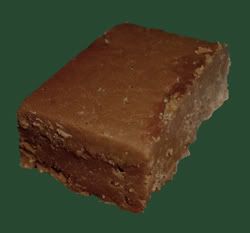University Update
The new semester began today. My courses are as follows:
- Algebra und Zahlentheorie (Algebra and Number Theory)
- ALP V: Netzprogrammierung (Network Programming)
- Übersetzerbau (Compiler Construction)
- Topologie II (Topology) -- maybe
- Technische Informatik I (TI I)
My role in the last case (TI I) isn't that of a student, but that of a "Tutor", i.e. a teaching assistant of sorts, whose typical responsibilities include marking assignments and exams, and leading two weekly tutorials (90 minutes each).
I actually applied for the two-year position at the end of February, so this is my second semester as a Tutor. The first (during which I was a Tutor for Grundlagen der Theoretischen Informatik) went unexpectedly well. I actually felt quite comfortable at the front of the class, especially since the students were so positive and friendly.
If I had to name a downside, it would -- without a doubt -- be the marking. I always used to think that marking, being mindless, repetitive work, would be to my taste. The problem is that marking, while often repetitive, can be far from mindless. Even with a clear marking scheme, it's a time consuming and thankless business.
Anyway, on a different note, I'm not sure whether I will have the time or background knowledge required for Topologie II, but I want try it out (mostly, in truth, because of the professor, whom I know from Lineare Algebra I and II). I only wish the class size were a bit larger than 30, because it's easier to try things out when one can do so inconspicuously.
Well, all that being said, here are some notes relating to semesters past:
To begin with, I didn't participate in any Nachklausuren this time around, even though my mark for Softwaretechnik (3,0) left plenty of room for improvement. Oh well. I have yet to feel pangs (or even mild tickles) of regret.
I did, at least, finally clear up the matter of the Proseminar:
What with the miracles of modern technology (specifically, an online service called "Campus Management"), students don't usually need to concern themselves with paper certificates for their courses any more. There are exceptions, though. In the case of the Proseminar, the instructor apparently didn't have the authorization to record our marks in Campus Management. She did, however, prepare certificates, which could be picked up in the Prüfungsbüro (literally, "examination office"). I finally picked mine up during the holidays. The mark (1,0) was also recorded in Campus Management, so that is the end of that.

